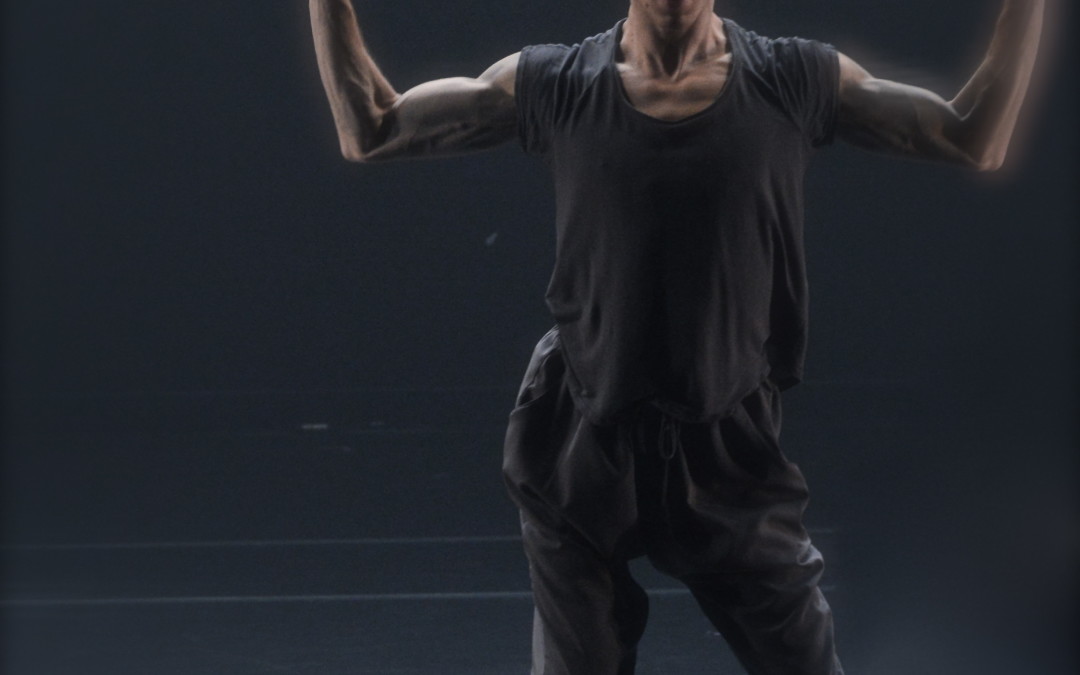When Anne, founder of Body Brain Connect, asked me if I’d be interested in leading a workshop, my mind immediately went to embodiment. A rather broad topic, the interest is in mentally engaging with sensations. For example, noticing the feeling of sinking into a couch at the end of a long day or paying attention the every bite of a long-awaited meal. It seems like everything else falls away for that moment, as we physically engage with the sensory experience. As practitioners and educators of movement, how can we offer our students this amazing opportunity to embody the experience of movement?
A major interest in neuroscience research is the idea of sensation and perception. While sensation is related to the information we receive from the body (i.e. vision, hearing, smelling, tasting, touching), perception is the way the mind interprets this information. This is directly related to movement practice–how do we perceive the images we see in the mirror, or how do we perceive the sensation of holding a physically challenging position? Research suggests that we are constantly overloaded with sensory information, so the mind has to make choices about which things to attend to. This puts a lot of significance on our own patterns, and if we aren’t deliberate about the choices we make, our minds simply make them for us.
As educators, what patterns do we notice in our students? Are they quick to jump on challenges beyond their level, or do they get stuck on exercises they have already mastered? For example, holding a difficult position like a hollow body can be both invigorating and overwhelming. Strength aside, our mind interprets the situation as either difficult or not, depending on how we makes sense of the sensation. If we expect the discomfort but understand it can build important strength, then the difficulty can actually become energizing. Communicating with students is the first step to understanding their perception. Mental imagery plays a big role in developing conceptual understanding, though this is sometimes difficult for students to understand. I’ve encountered many students that simply want to do the exercise, not realizing the depth to which their own practice (and physical understanding) can develop.





